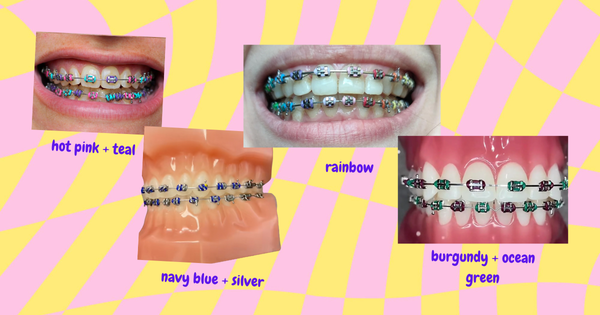Fernando Alonso's Veneers: A Formula One Transformation
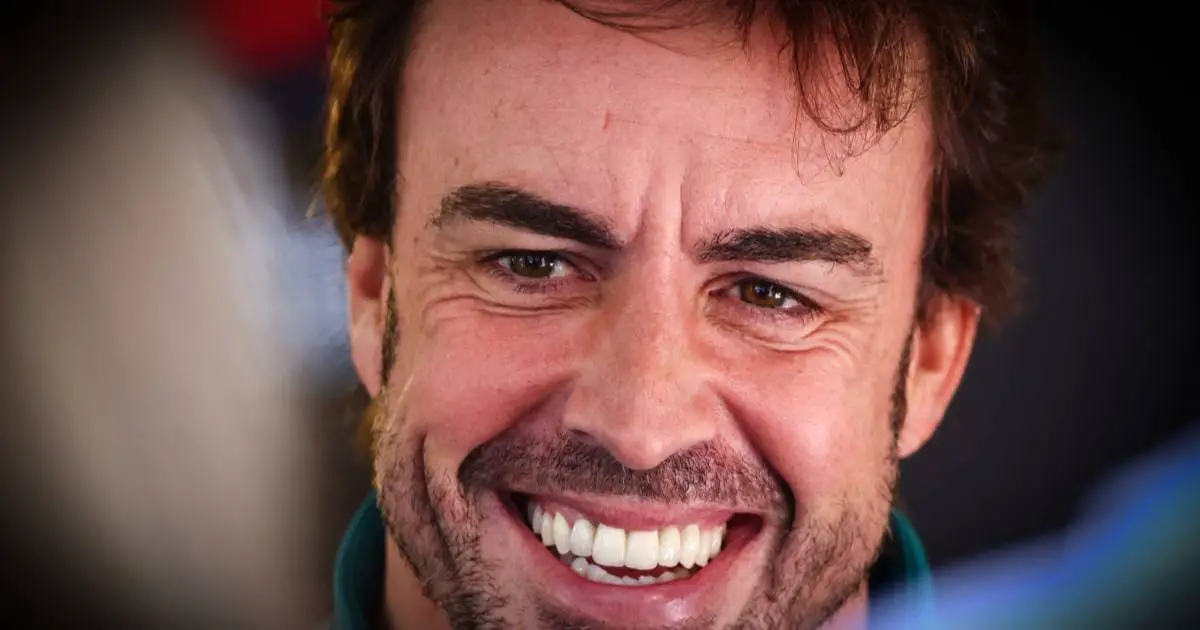
Fernando Alonso, the renowned Formula One driver, is known for his skill on the racetrack and, more recently, his dazzling smile.
But were those pearly whites always a part of his winning look, or did he get veneers?
Yes, Fernando Alonso has veneers. He got his first set in 2003 to address crowding and then a second set sometime between 2015 and 2023 for an updated look. He also likely had dental work, potentially implants, following a cycling accident in 2021.
Key Takeaways:
- Fernando Alonso has had at least two sets of veneers.
- He initially got veneers in 2003 to address teeth crowding.
- Alonso's latest veneers (done between 2015-2023) are larger and more opaque.
- He likely required dental work, potentially implants, after his 2021 jaw injury.
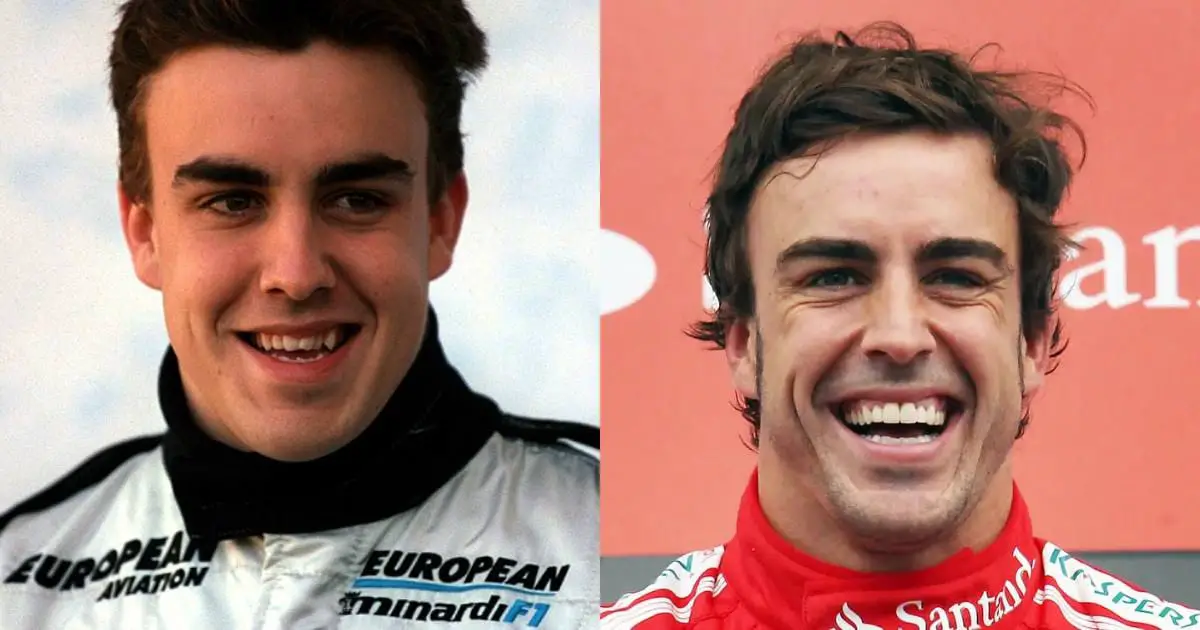
Fernando Alonso Before Veneers
Before gracing the Formula One circuit with a confident, veneer-enhanced smile, Fernando Alonso sported a more natural look—one familiar to many.
Photos from his early career, particularly around 2001, reveal that Alonso had crowding in his lower teeth.
This common dental issue occurs when there isn't enough space in the jawbone for all the teeth to erupt straight.
While crowding primarily affects aesthetics, it can sometimes lead to oral hygiene challenges.
Overlapping teeth can create tight spaces that are difficult to clean effectively, increasing the risk of plaque buildup, cavities, and gum disease.
This is particularly relevant for athletes like Alonso, who are constantly on the go and may have limited time for extensive oral hygiene routines.
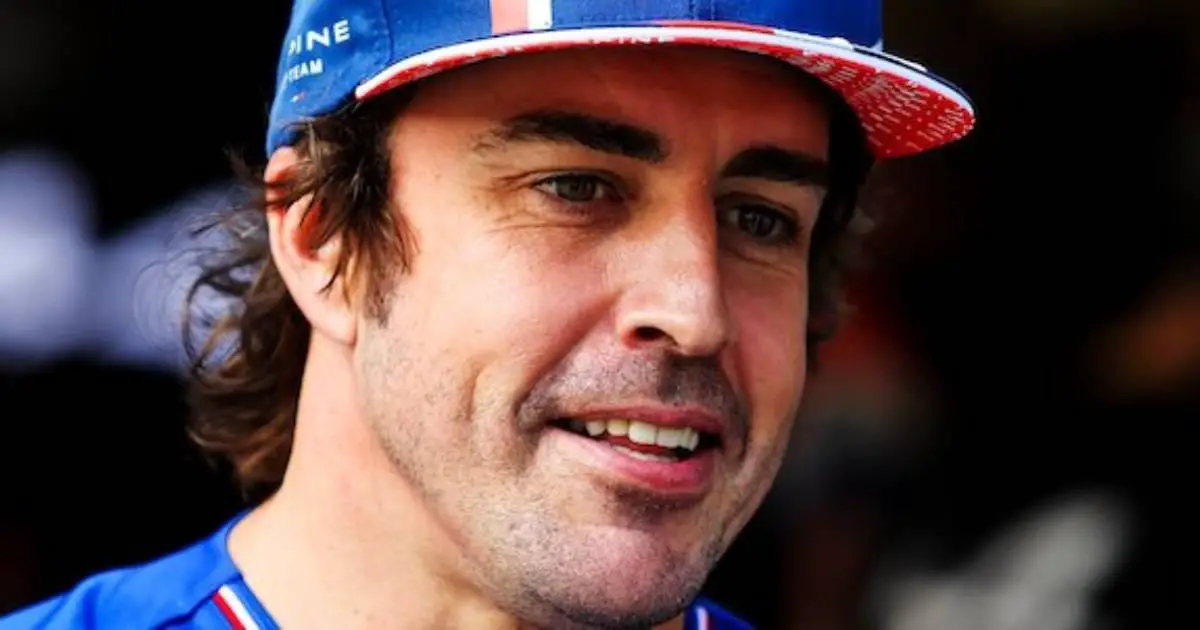
The Impact of Crowding on Dental Procedures
Fernando Alonso's initial teeth crowding is a critical factor in understanding his decision to get veneers and the potential complexities involved.
Dentists often recommend orthodontic treatment, such as braces, before considering veneers, especially for patients with significant crowding.
Here's why:
1. Preserving Tooth Structure: Veneers require the removal of a thin layer of enamel from the front surface of teeth to ensure a natural-looking fit. When teeth are crowded, more enamel must be removed to create the illusion of alignment. This can weaken the teeth and increase sensitivity over time.
2. Potential for Root Canals: In some cases, excessive enamel removal due to crowding can expose the tooth's pulp, which contains nerves and blood vessels. This can require a root canal, a more invasive procedure to remove the infected or damaged pulp.
3. Long-Term Health vs. Immediate Aesthetics: While veneers provide a quick fix for a straighter smile, addressing the underlying crowding with orthodontic treatment first is often a better long-term solution. Braces gradually move the teeth into their proper positions, creating a healthier foundation for veneers (if still desired) and potentially reducing the need for extensive enamel removal.
Fernando Alonso's case highlights the importance of consulting with a qualified dentist to discuss all available options and potential risks before making a decision about veneers or other cosmetic dental procedures.
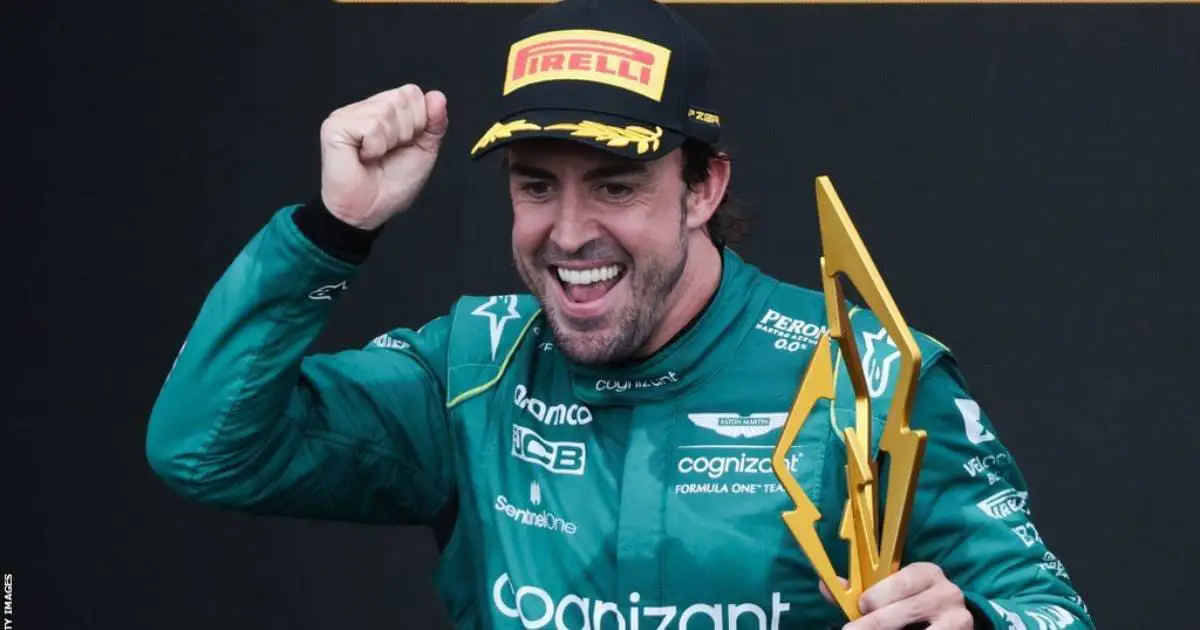
Fernando Alonso's First Veneer Transformation (2003)
By 2003, just two years after his Formula One debut, Fernando Alonso unveiled a dramatically different smile.
Gone were the days of crowded teeth, replaced by a perfectly aligned, bright white grin. This marked his first foray into the world of veneers.
Photographs from this period suggest that Alonso opted for what's sometimes referred to as the "six veneer syndrome."
This involves placing veneers on the six front teeth most visible when smiling—the central incisors, lateral incisors, and canines (teeth numbers 6 through 11 in dental terminology).
This approach offers a cost-effective solution for achieving a quick smile makeover, targeting the most noticeable teeth.
However, the "six veneer syndrome" can sometimes lead to a slightly unnatural appearance.
While the front teeth may look flawless, the contrast with the untreated teeth further back in the mouth can be noticeable, particularly in individuals with a wider smile.
This discrepancy often manifests as a difference in color or translucency, creating what dentists call "dark buccal corridors," or shadowed areas at the sides of the mouth when smiling.
It's unclear whether Fernando Alonso experienced any "dark buccal corridors" after his initial veneer procedure, as this is often a matter of individual anatomy and smile dynamics.
However, it's a factor that patients considering veneers should discuss with their dentists to determine if additional veneers on the premolars might be necessary for a more harmonious and natural-looking result.
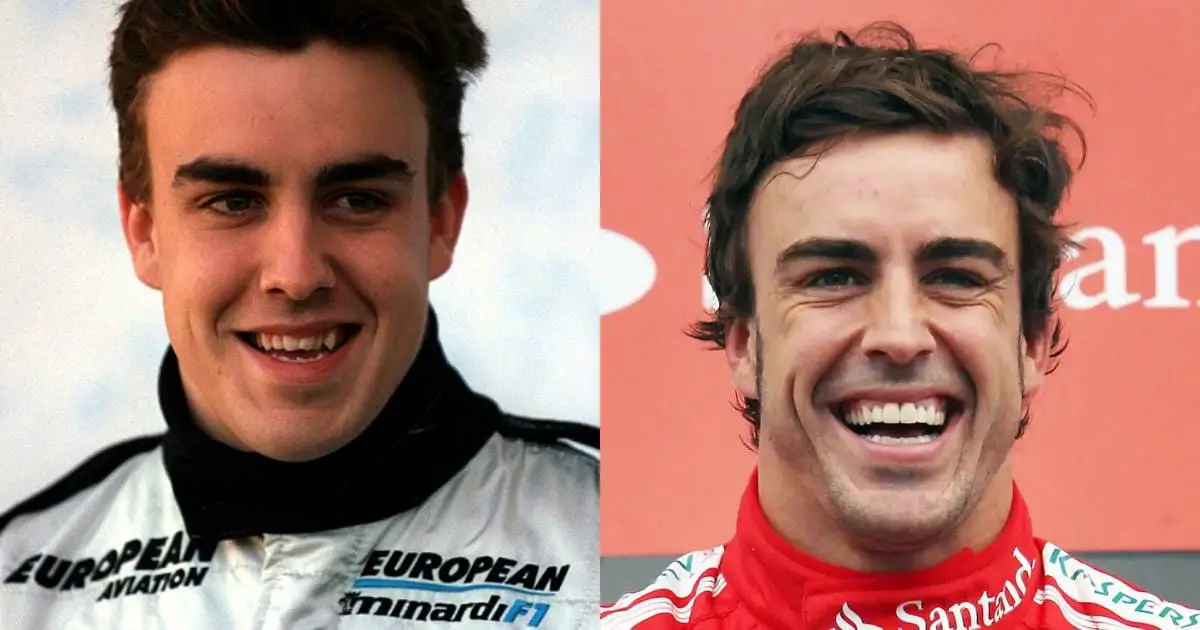
Fernando Alonso's Second Veneer Transformation (2015-Present)
Between 2015 and 2023, eagle-eyed fans noticed a shift in Fernando Alonso's smile.
It seemed the Formula One star had opted for an upgrade, embarking on his second veneer transformation.
While his 2003 veneers provided a significant improvement, this update brought about some notable changes:
- Extended Veneer Coverage: Alonso's newer veneers appear to extend further back in his mouth, encompassing not only his front teeth but also likely some premolars. This decision likely addressed any previous "dark buccal corridor" concerns, creating a more uniformly bright smile.
- Shape and Size: The newer veneers are subtly larger and more "bulbous" than their predecessors, giving Alonso's smile a fuller appearance. This move towards a less angular, more rounded tooth shape aligns with contemporary trends in cosmetic dentistry.
- Color and Opacity: Alonso's current veneers have a more opaque, bright white shade compared to his previous set, which had a hint of translucency. This preference for a brighter, less naturally translucent shade is a personal choice, reflecting evolving aesthetic preferences.
Fans have expressed a mix of opinions on this latest transformation. Some praise the overall improvement in his smile's brightness and symmetry, while others note a preference for the slightly more natural look of his earlier veneers.
The debate highlights the subjective nature of aesthetics and the importance of finding a dental professional who understands and respects an individual's desired outcome.
Adding another layer of intrigue to this story is Fernando Alonso's cycling accident in 2021.
The accident resulted in a fractured jaw and likely tooth loss, necessitating further dental work.
It's highly probable that dental implants were used to replace any missing teeth, seamlessly integrating with his existing veneers to maintain his picture-perfect smile.
Bottom Line
Fernando Alonso's journey to a dazzling smile is a testament to the transformative power of modern dentistry, particularly cosmetic procedures like veneers.
From addressing his initial teeth crowding to achieving a brighter, more symmetrical grin, Alonso has shown a willingness to invest in his appearance, a decision not uncommon for individuals in the public eye.
His experience, however, underscores the importance of careful consideration and open communication with a qualified dentist.
Decisions about veneers should involve a thorough assessment of individual needs, potential risks, and long-term oral health implications.
Furthermore, Alonso's 2021 cycling accident serves as a stark reminder that accidents can happen, potentially impacting even the most meticulously crafted smiles.
This highlights the importance of prioritizing dental care throughout life, not just for aesthetics but also for overall health and well-being.




